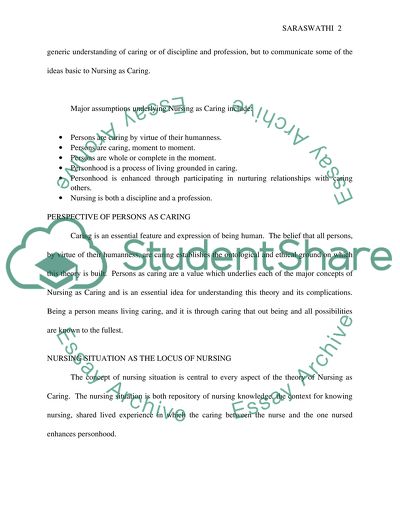Cite this document
(“Nurse as Educator Essay Example | Topics and Well Written Essays - 2250 words”, n.d.)
Retrieved from https://studentshare.org/miscellaneous/1506529-nurse-as-educator
Retrieved from https://studentshare.org/miscellaneous/1506529-nurse-as-educator
(Nurse As Educator Essay Example | Topics and Well Written Essays - 2250 Words)
https://studentshare.org/miscellaneous/1506529-nurse-as-educator.
https://studentshare.org/miscellaneous/1506529-nurse-as-educator.
“Nurse As Educator Essay Example | Topics and Well Written Essays - 2250 Words”, n.d. https://studentshare.org/miscellaneous/1506529-nurse-as-educator.


